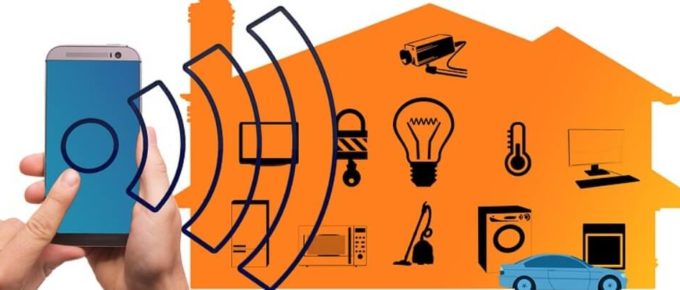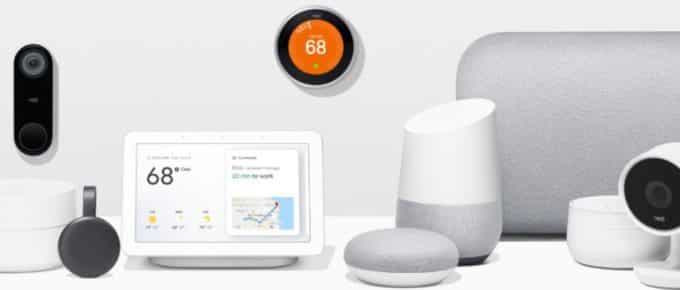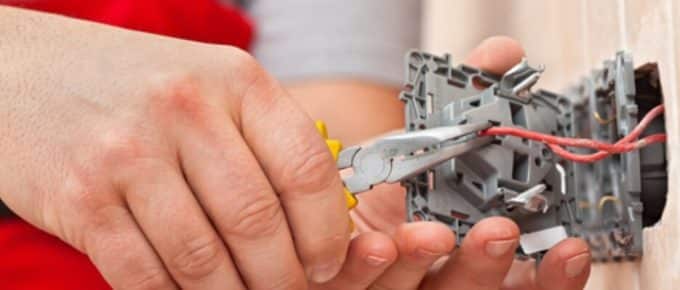It’s very important to know about all the features of the home automation products that you are buying for your home. Every home automation device runs on a specific operating standard which helps it to function. The operating standard is an efficient network connection which helps the smart device get all the useful data to work and it connects your home to that device. Network connections establish a connection between different smart devices in your home. There are different operating standards available in the market. You need to choose the best one that matches your home need.
Here are different operating standards for Home Automation System and important things to consider before buying any such operating system.
Different Operating Standards For Home Automation Technology
Different types of Home Protocols can be divided into 2 parts- Wired Protocols & Wireless Protocols and Hybrid Protocols.
1. Wired Protocols
Here are the types of Wired Protocols for Smart Homes:
a) Universal Powerline Bus (UPB)
It is one of the most advanced wired protocols. All your home automation devices are connected to a common set up of a network in this system. You cannot connect it with the wireless devices. It can avoid any kind of interference, unlike wireless protocols. Uses old home wires so you do not need to buy separate wires to install it. However, this system needs a manual set up of network and therefore not considered very user-friendly and time-efficient. But, it is reliable.
b) X10
Like UPB, X10 is also connected to common wires and is controlled centrally but it is not considered better than UCB because it is quite old. It is technologically backward than other protocols.
2. Wireless Protocols
Here are the types of Wireless Protocols for our Smart Homes-
a) Wi-fi
Wi-fi is the most popular wireless connection which is the most reliable till date. Almost everyone has got a wi-fi connection at home today and they know about its functioning. It can also connect the Home Automation Devices with each other. Most people use a Wi-fi connection for their home automation devices.
The problem with using the Wi-fi connection as your home protocol is that there are other devices connected to it too that can cause a lot of intervention and harm its speed. The list of common smart home Wi-Fi systems:
b) Bluetooth Connectivity
Bluetooth is another very popular wireless connection that can be used to connect the home automation devices of your home. It works on radio frequencies and can easily connect with another Bluetooth device nearby. One of the advantages of this technology is that it is safe as it uses Government encryption. It also requires very little energy to work. The only disadvantage of Bluetooth is that it cannot catch signals after a certain distance and you can only connect the devices through it if they lie in that zone where it is installed.
c) Z-Wave
Like the other two wireless protocols, Z-Wave also works through radio frequencies. It is one of the most popular and widely used wireless protocols. According to a source, around 450 companies across the world support this system. This system is very fast and efficient which works on the 42 MHz frequency. It is fast and requires very little energy to work. It works on a separate network and causes no interference while working. Easy to set up and is compatible with most of the devices. Apart from Z-Wave compatible devices, there are a lot of other devices that can connect with it. You need a wifi connecting Z Wave Controller.
d) Zigbee
Zigbee has almost the same features as Z-Wave. It is compatible with mostly Chinese products. Created for commercial use but now used both for household and commercial purposes. Zigbee is one of the best home automation operating systems with lots of benefits like fast speed, compatibility, easy setup, low energy consumption, more security and less amount of battery usage.
The only problem it faces today is poor communication. Sometimes, the devices are not able to communicate with each other. Although, there are more advanced Zigbee connections coming up in the market today which do not have this problem. These will take up the market very soon.
e) Thread
The threat is a brand new home automation operating system in the market. A lot of people are unaware of this wireless protocol. It is very advanced and certainly better than any other wireless protocol systems present. It hasn’t come into the limelight as of now because it is new. Acclaimed by Google and Samsung. It aims to create a safe home automation network that would be compatible with over 250 devices.
3. Hybrid Protocols
Here is an example of Hybrid Protocols for our Smart Homes-
a) Insteon
Insteon is a dual-protocol system that uses both wired and wireless technology to operate. It tries to work in such a way that it can shade the technological problems of both these systems and give an efficient result. It uses multiple ways to transport the data among the devices. You just have to connect all the home automation devices with the Insteon Hub and then connect it to your smartphones, tablets, and laptops. It is very easy to set up. It is also compatible with almost 200 home automation devices.
Things To Consider Before Buying An Operating Standard For Home Automation Technology?
- Power Consumption- Make sure that the Operating Standard you are buying for yourself does not consume a lot of power. Otherwise, it will end up doubling your electricity bills.
- Compatibility- It should be compatible with all the home automation devices you are installing at your home otherwise it would not be able to communicate well with the devices and then your home automation system will not work efficiently.
- Cost- It should be as per your budget. There are several Home automation Protocols available in the market today. Choose the one that meets your budget.
- Easy Upgrade- It should be easy to install and then upgrade. Any system needs regular maintenance therefore, the system you are getting for your home should be easy to maintain from time to time so you can handle it easily with your other important tasks.
- No Congestion- Do not connect other devices with the operating standard which you connect to your home automation devices. It can cause congestion in the network that will affect the functioning of your smart devices.
Conclusion
These are the different Operating Standards for Home Automation Technology that are present today. People need to be aware of the options they have so that they can make a better decision about which system they want to get for their home. If you plan to get a Home Automation Device for your home you should give a proper thought of what Operating System you want to set up. We hope that you make the right choice for your smart home. It’s always better to call your professionals at the beginning of the construction to save time later.















Leave a Reply